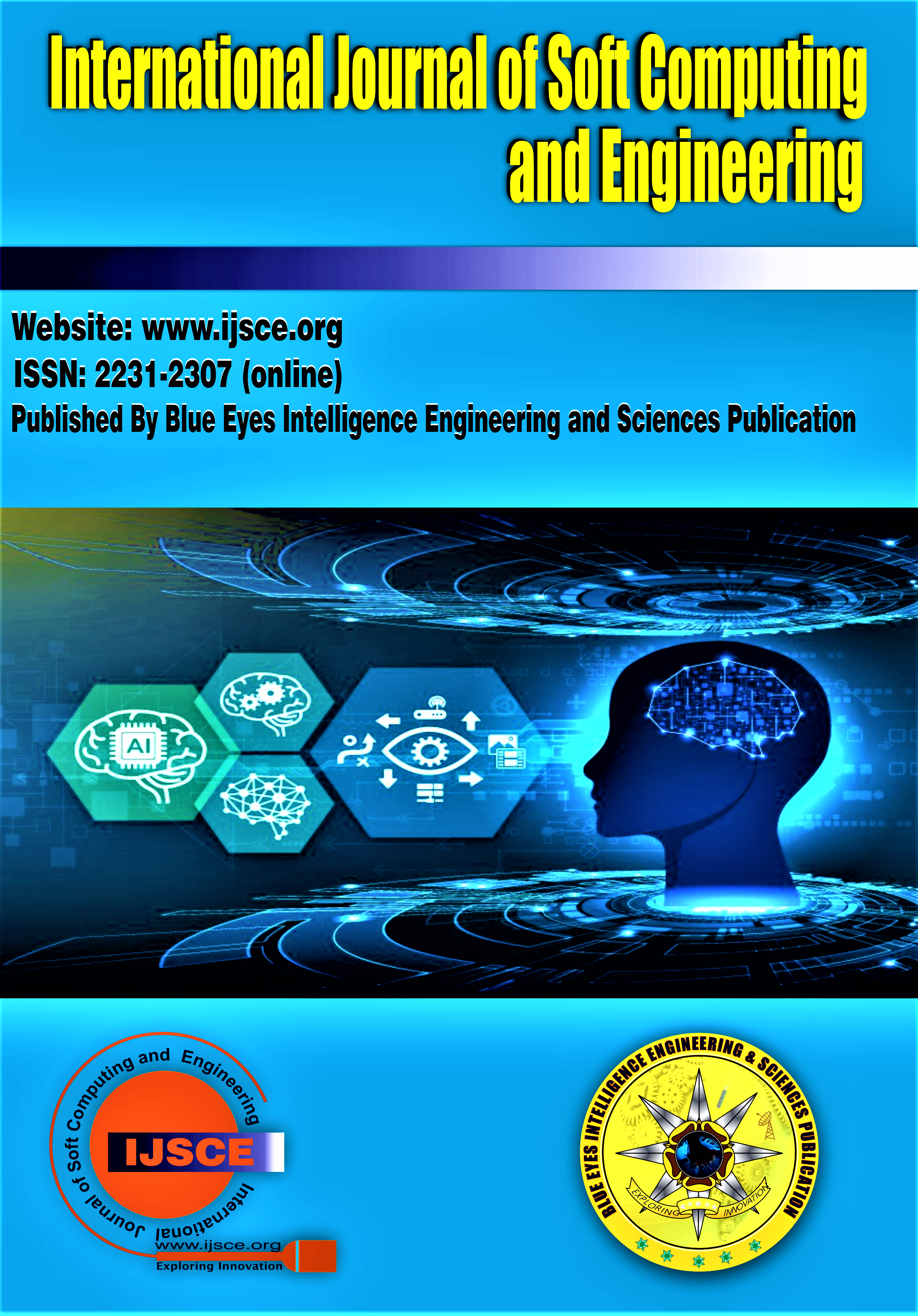K-Means Clustering for Smart Cities: An EmpiricalStudy in Indian Context
Main Article Content
Abstract
Cities are the concourse of people where they live, meet with new people in their daily life, exchange their thoughts and ideas with close one, and earn better livelihoods so that everyone can access proper education, better health facilities, and other essential services and live in a hazards free peace full environment. The Idea behind smart cities is to provide data-driven solutions to social problems, especially in a densely populated area of the country. The population continues to grow and urbanization is causing an explosion in urban areas. Advanced data-supported solutions with the help of technology can be the best solution for simple Governance. Smart City is a data-driven solution for managing people and city resources effectively that helps monitor and manage resources. It helps to make social and economic decisions intelligently. The authors studied and found out the present problem which is lacking between the basic infrastructure for community service particularly in India's small-to-medium cities and the existing smart city development plan
Downloads
Article Details
Section

This work is licensed under a Creative Commons Attribution-NonCommercial-NoDerivatives 4.0 International License.
How to Cite
References
Mikelbank, B. A. (2004) ‘A typology of U.S. suburban places’, Housing Policy Debate, 15(4), doi: https://doi.org/10.1080/10511482.2004.9521527
Jones, K. J. and Jones, W. C. (1970) ‘Toward A Typology of American Cities’, Journal of Regional Science, 10(2), doi: https://doi.org/10.1111/j.1467-9787.1970.tb00047.x
Baum, S. et al. (2006) ‘Advantage and disadvantage across Australia’s extended metropolitan regions: A typology of socioeconomic outcomes’, Urban Studies, 43(9), doi: https://doi.org/10.1080/00420980600831759
Hill, E. W., Brennan, J. F. and Wolman, H. L. (1998) 'What is a central city in the United States? Applying a statistical technique for developing taxonomies, Urban Studies, 35(11), doi: https://doi.org/10.1080/0042098983962
Clark, R. D. and Roche, J. P. (1984) ‘Functional Typologies of Metropolitan Areas: An Examination of Their Usefulness’, Urban Studies, 21(1), doi: https://doi.org/10.1080/00420988420080061
Giffinger, R. et al. (2007) Smart cities Ranking of European medium-sized cities, Vienna University of Technology. doi: https://doi.org/10.1016/S0264-2751(98)00050-X
IBM (2008) A Smarter Planet: The Next Leadership Agenda, Council on Foreign Relations. Council on Foreign Relations. Available at: https://www.cfr.org/event/smarter-planet-next-leadership-agenda
L. Zhuo, Q. Shi, C. Zhang, Q. Li, and H. Tao, ``Identifying building functions from the spatiotemporal population density and the interactions of people among buildings,'' ISPRS Int. J. Geo-Inf., vol. 8, no. 6, p. 247, May 2019 https://doi.org/10.3390/ijgi8060247
Garmendia-Orbegozo. A, Noye.S, Anton. M.A and David Nuñez-Gonzalez. J (2022), Graph-Based Learning for Building Prediction in Smart Cities, IEEE Access, Digital Object Identifier 10.1109/ACCESS.2022.3169890 https://doi.org/10.1109/ACCESS.2022.3169890
Biswas, B., Bhadra, S., Sanyal, M.K., Das, S. (2018). Cloud Adoption: A Future Road Map for Indian SMEs. In: Bhateja, V., Coello Coello, C., Satapathy, S., Pattnaik, P. (eds) Intelligent Engineering Informatics. Advances in Intelligent Systems and Computing, vol 695. Springer, Singapore. https://doi.org/10.1007/978-981-10-7566-7_51
Biswas, B., Sanyal, M. K., & Mukherjee, T. (2021). Feedback Analysis for Digital Marketing in India: Empirical Study on Amazon.in, Flipkart, and Snapdeal. International Journal of Online Marketing (IJOM), 11(1), 78-88. http://doi.org/10.4018/IJOM.2021010105
Sanyal, M.K., Biswas, B., Roy, S., Bhadra, S. (2018). A Proposed Model to Integrate Business Intelligence System in Cloud Environment to Improve Business Function. In: Bhateja, V., Nguyen, B., Nguyen, N., Satapathy, S., Le, DN. (eds) Information Systems Design and Intelligent Applications. Advances in Intelligent Systems and Computing, vol 672. Springer, Singapore. https://doi.org/10.1007/978-981-10-7512-4_29
https://www.india.gov.in/spotlight/smart-cities-mission-step-towards-smart-india
Shagun Sharma, Mamta Nanda, Raghav Goel, Aashrey Jain, Megha Bhushan, Ashok Kumar, Smart Cities using Internet of Things: Recent Trends and Techniques. (2019). In International Journal of Innovative Technology and Exploring Engineering (Vol. 8, Issue 9S, pp. 24–28). https://doi.org/10.35940/ijitee.i1004.0789s19
Sharma, K., & Tayal, S. (2019). Indian Smart City Ranking Model. In International Journal of Recent Technology and Engineering (IJRTE) (Vol. 8, Issue 2, pp. 4820–4832). https://doi.org/10.35940/ijrte.b2472.078219





